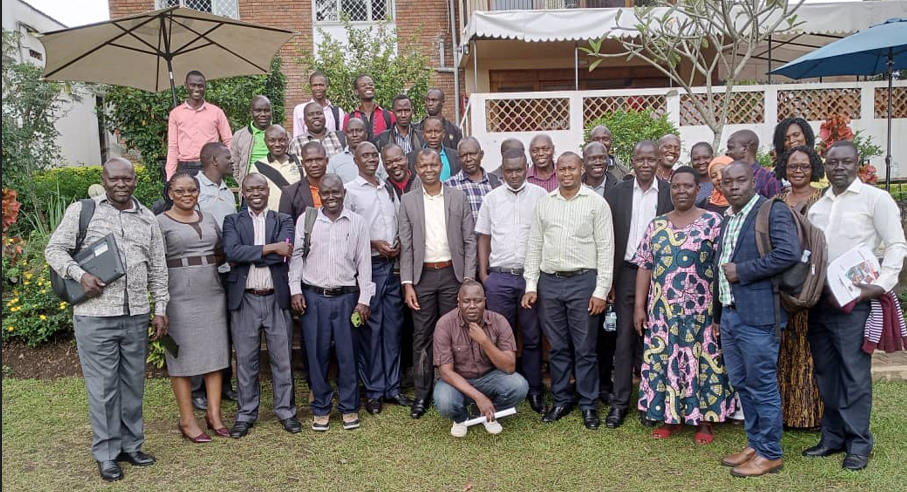Delays in the return of HIV viral load (VL) test results to recipients of care present missed opportunities for their engagement into clinical care and, ultimately, the improvement of health outcomes. A timely return of results is often hindered by several logistical complexities that may potentially be overcome through the use of technologies like short message service (SMS), unstructured supplementary service data (USSD), mobile applications, email, and dashboards.

These technologies often come at low costs and enjoy high penetration rates and ease of use, and their application in HIV programming has been demonstrated to be efficacious along the continuum of HIV/AIDS — from preventing HIV transmission to increasing adherence to HIV treatment. The LabCoP project has been collaborating with country teams in South Africa, Zambia, Zimbabwe, Kenya, and Uganda to explore and roll out interventions that facilitate the electronic return of results to the requesting health facilities and the recipients of care.
For example, in Uganda, the LabCoP project supported the ministry of health through the department of National Health Laboratory & Diagnostic Services (NHLDS) to roll out the Laboratory Results Dispatch System (LabRDS). This system, which was developed with support from the United States President’s Emergency Plan for AIDS Relief (PEPFAR), uses a client-centred approach where an SMS is sent to the client’s mobile phone as soon as results are uploaded to the web-based results dispatch system. The SMS uses a safe and secure USSD system to inform clients that their results are now available at the health facility, and the same SMS is sent to the corresponding healthcare worker, alerting them of the availability of the results in the LabRDS. The system was piloted for HIV early infant diagnosis (EID) in 2017 and 2018 in 140 healthcare facilities, resulting in shorter turnaround times (TAT) to the return of test results and facilitating better patient care and management.

LabCoP also supported a high-level consultation meeting in May 2022 for the rollout of EID and VL results dispatch using the LabRDS system, reporting an increase from 140 participating facilities to 311 facilities. This number will continue to increase as the rollout continues. Participants in the meeting included the ministry of health’s top leadership. This included The Director General of Health Services, The Commissioner, Maternal Neo Natal and Child Health (MNCH); The AIDS Control Program Manager; The Commissioner, Division of Health Information; The Commissioner, National Health Laboratory Services and Diagnostic (NHLS&D). Other participants included representatives from USAID, US CDC, Clinton Health Access Initiative, representatives from implementing partners of USAID and US CDC-funded projects like, seven directors of District Health Offices (DHOs), staff from the National Health Laboratory Services and Diagnostics, staff from the AIDS Control Program, staff from METS, and a team of programmers. Currently, there are over 398 trained system superusers attached to different regions in the country. Figure 1 below summarizes the progress made by the LabCoP Uganda country team.




